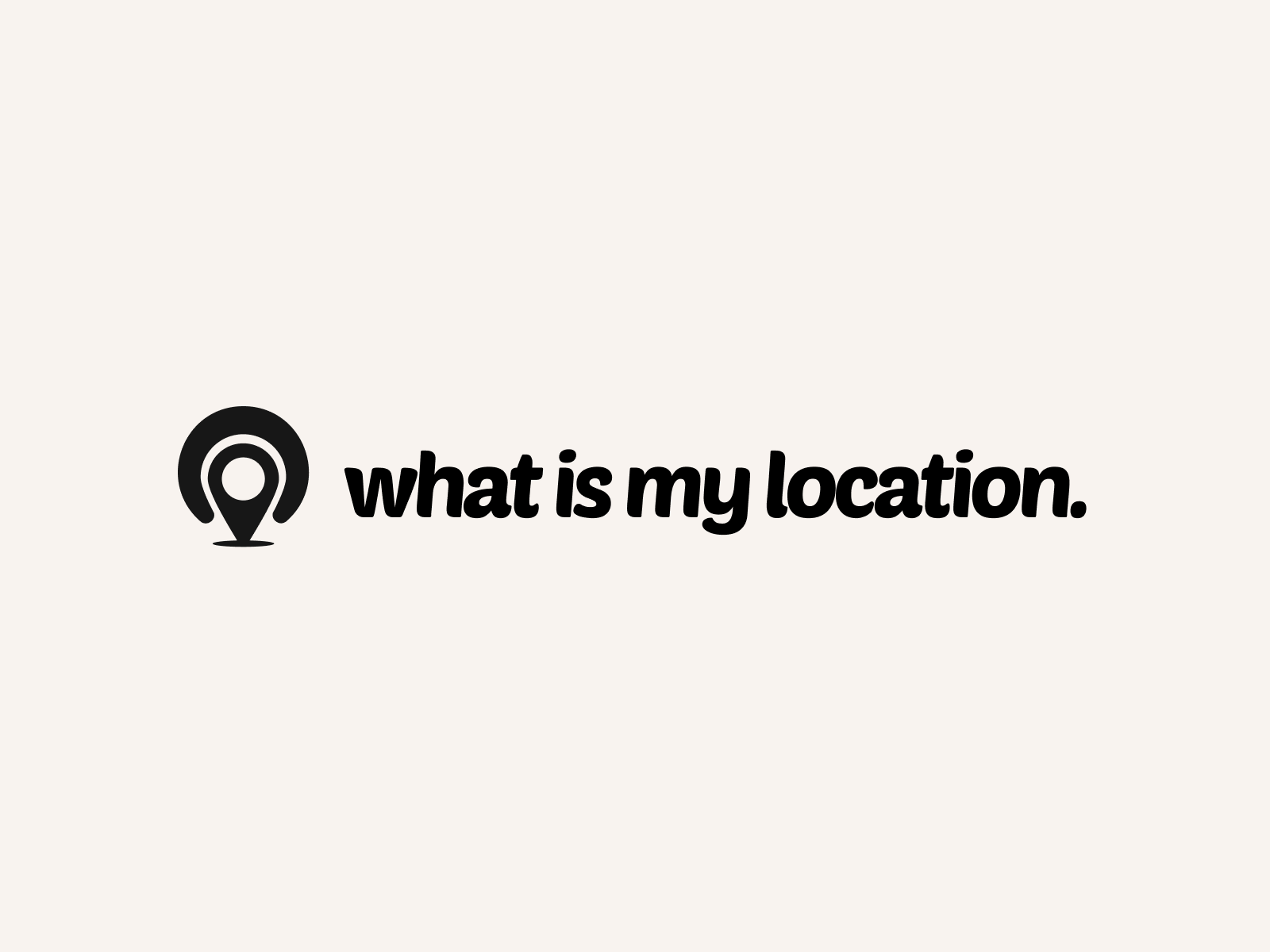Title: [Discover How to Use Location Data to Find Nearby Restaurants Effortlessly]
Introduction:
Are you tired of endlessly searching for the perfect restaurant nearby? With the power of location data, finding great dining options has never been easier. In this blog post, we’ll explore how you can leverage location data to discover nearby restaurants effortlessly, saving you time and hassle while ensuring a delightful culinary experience.
Why Location Data Matters for Finding Restaurants:
Location data plays a crucial role in finding nearby restaurants that suit your preferences. By using your device’s GPS or IP address, location-based services can provide personalized recommendations based on your current location. This technology has revolutionized the way we discover and explore dining options, making it more convenient and efficient than ever before.
Top Tools for Finding Nearby Restaurants:
1. Google Maps: Google Maps is a powerful tool that not only provides directions but also helps you find nearby restaurants. With its user-friendly interface and extensive database, you can easily search for restaurants based on cuisine, price range, and ratings. Google Maps also offers user reviews and photos, giving you a glimpse into the dining experience before you even step foot inside.
2. Yelp: Yelp is a popular online directory that specializes in crowd-sourced reviews of local businesses, including restaurants. By using Yelp’s location-based search feature, you can discover top-rated restaurants in your vicinity. Yelp’s platform allows users to filter results based on various criteria such as price, cuisine, and amenities, making it easy to find the perfect dining spot that meets your specific needs.
3. OpenTable: OpenTable is a renowned online restaurant reservation platform that also offers a robust restaurant search functionality. By leveraging location data, OpenTable can help you find available reservations at nearby restaurants in real-time. The platform provides detailed information about each restaurant, including menus, photos, and user reviews, enabling you to make informed decisions before booking a table.
How to Effectively Use Location Data for Restaurant Discovery:
To make the most of location data when searching for nearby restaurants, follow these tips:
1. Enable location services: Ensure that your device’s location services are turned on, allowing apps and websites to access your current location for personalized recommendations.
2. Use filters: Take advantage of the filtering options provided by restaurant search tools to narrow down your choices based on your preferences. Common filters include cuisine type, price range, ratings, and distance from your location.
3. Read reviews and check ratings: Before making a decision, take the time to read user reviews and check the overall ratings of the restaurants you’re considering. This valuable feedback from previous diners can give you insights into the quality of food, service, and ambiance.
4. Explore new neighborhoods: Location data can help you discover hidden gems in unfamiliar areas. Don’t be afraid to venture out of your comfort zone and explore new neighborhoods or streets that you haven’t visited before. You might stumble upon a fantastic restaurant that you would have otherwise missed.
5. Save your favorites: Most restaurant search tools allow you to save your favorite restaurants for future reference. Take advantage of this feature to create a personalized list of go-to dining spots that you can easily access whenever you need inspiration.
Real-World Examples:
To illustrate the power of location data in finding nearby restaurants, let’s look at a couple of real-world examples:
1. Sarah, a busy professional, is running late for a dinner meeting with a client. Using Google Maps on her smartphone, she quickly searches for restaurants near her office. She filters the results by cuisine (Italian) and price range ($$). Within seconds, Sarah finds a highly-rated Italian restaurant just a few blocks away. She uses Google Maps to navigate to the restaurant, arriving just in time for her meeting.
2. John and his friends are exploring a new city during their weekend getaway. They’re craving sushi but have no idea where to go. Using Yelp’s location-based search, they discover a popular sushi bar a short walk from their hotel. They read through the glowing reviews and decide to give it a try. The restaurant exceeds their expectations, and they have a memorable dining experience thanks to the power of location data.
Best Practices for Encouraging Location Sharing:
As a restaurant owner or app developer, encouraging users to share their location is key to providing personalized recommendations. Here are some best practices to consider:
1. Be transparent: Clearly explain why you’re requesting location access and how it will benefit the user. Assure them that their privacy will be respected and their data will be used responsibly.
2. Offer incentives: Consider offering incentives such as exclusive discounts or loyalty rewards for users who share their location. This can motivate them to opt-in and engage more actively with your platform.
3. Provide value: Ensure that the location-based features you offer genuinely enhance the user experience. Provide accurate and relevant recommendations that save users time and effort in finding great restaurants nearby.
4. Allow control: Give users control over their location sharing settings. Allow them to easily turn off location access or adjust the precision level according to their comfort level.
By implementing these best practices, you can foster trust and encourage users to embrace location-based services for a more personalized and convenient restaurant discovery experience.
Conclusion:
Location data has transformed the way we find and explore nearby restaurants. By leveraging powerful tools like Google Maps, Yelp, and OpenTable, you can effortlessly discover dining options that match your preferences and location. Whether you’re a busy professional looking for a quick bite or a foodie eager to explore new culinary experiences, location data is your ultimate ally. So embrace the power of location-based services and embark on a delightful journey of restaurant discovery. Bon appétit!
